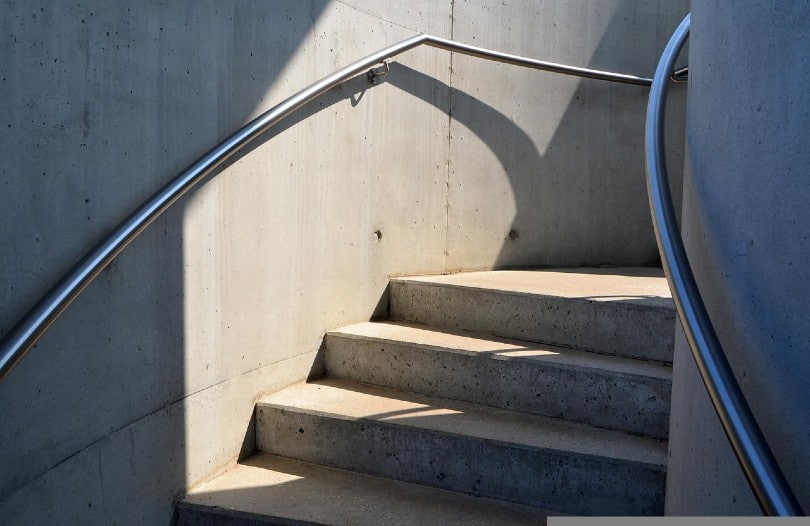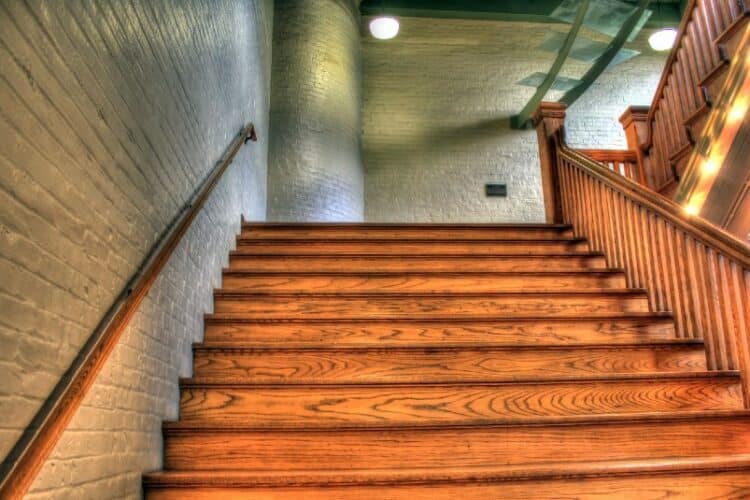Far from being bad for dogs, stairs represent an excellent way for your dog to get some extra exercise while giving them free access to more places. However, while stairs are generally suitable for a dog’s health, there are some considerations you will want to make when giving your dog free reign of a home with stairs.
Following these tips can help create a safe environment for your dog to explore with and without you.
What Kind of Injuries are Commonly Associated with Stairs?
Stair-related injuries are a unique issue since they aren’t as related to the people in the family so much as their ages. Older adults and animals have trouble with stairs. As our mobility worsens, it becomes harder to ascend and descend flights of stairs.
Stairs put a lot of pressure on the knees and hips. Both joints get weaker over time as the person ages, and the lubrication of the joint can be lacking too. While it may not be possible to get your dog a whole new house, you may want to consider barring them from the upper or lower floors of the home as they get older.
While having them follow you around like old times may be tempting, it’s not worth your dog potentially getting hurt trying to follow you up the stairs too excitedly.
Sprains, bruises, fractures, head injuries, dislocations, broken bones, and even death can occur when a dog falls a flight of stairs. Most dogs learn to navigate stairs quickly when young, around 12 weeks of age. They have a drive and willingness to learn because they want to follow their mother or owner around. However, they are naturally cautious, and you might find it challenging to get your dog up or down the stairs by themselves the first few times.
Once they realize the stairs pose no risk and help them access new places in the house, they’ll quickly overcome their fear. However, it makes sense that your heart stops when your dog bounds up and down the stairs at the speed of sound.

How to Keep Your Dog Safe
Supervise your dog. Limit where your dog can access during the times when you can’t supervise them. For instance, putting a gate up to keep your dog in the upper bedrooms of your home while you sleep can help them stay close to you while preventing them from falling down the stairs in the middle of the night.
You can also minimize the number of encounters your dog has with stairs by removing them from situations where they would have to ascend or descend stairs. As they get old, you’ll probably have to start doing this since their bones will get rickety, and it will be more complex and more challenging for them to be mobile enough to do the stairs easily.
Final Thoughts
You’re not alone if seeing your dog run up the stairs makes your heart skip. Many other dog parents are trying to figure out the best way to keep their dogs safe without limiting their expression and exploration.
If you’re worried about your dog’s ability to ascend safely and descend stairs, talk to your veterinarian to get a professional opinion on what you should do to help your dog stay safe in their home.
Featured Image Credit: Pixabay














